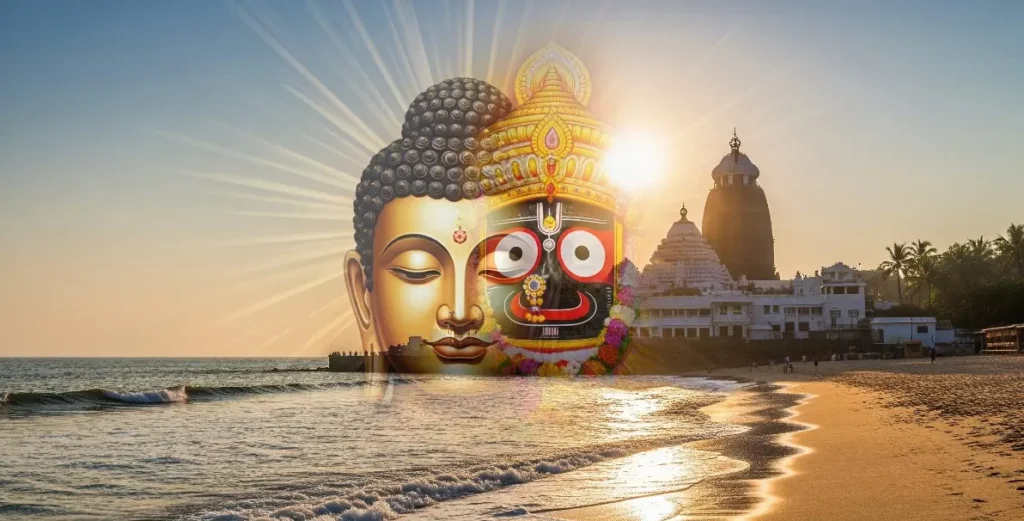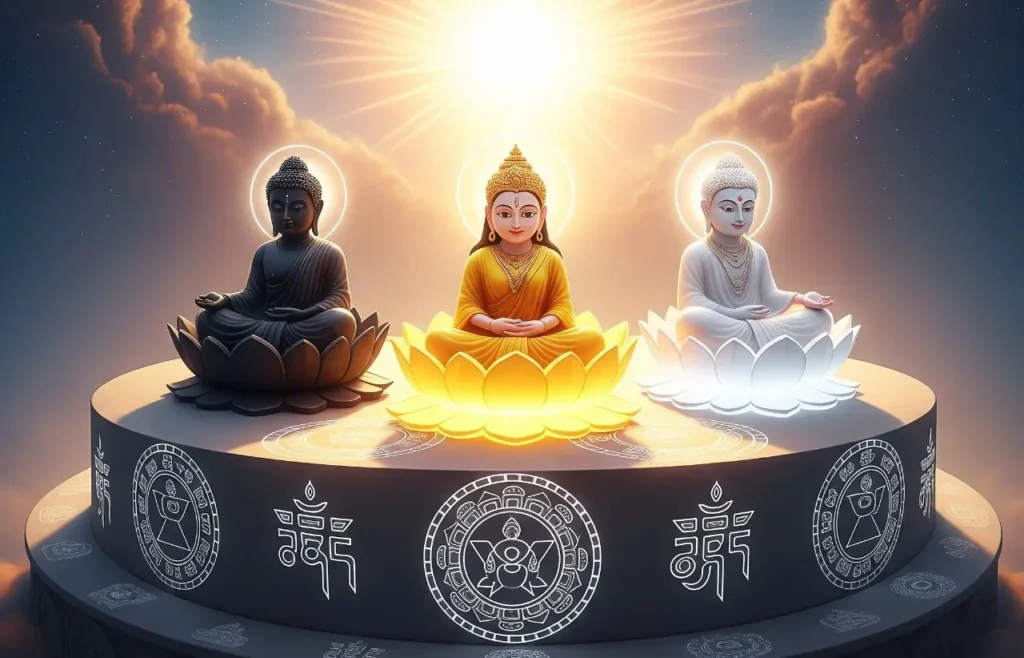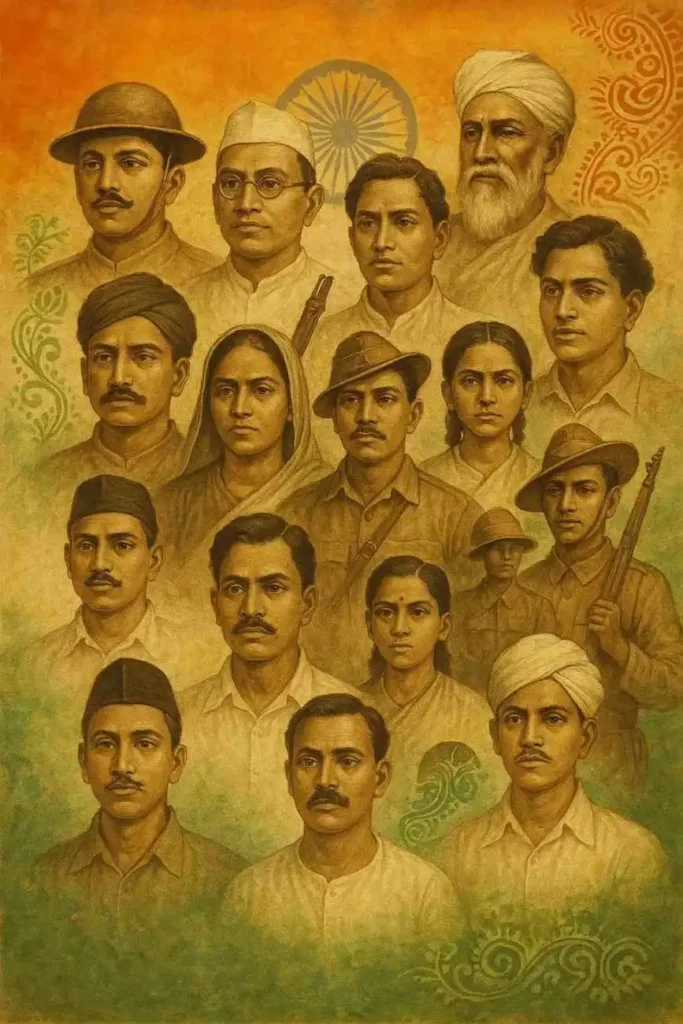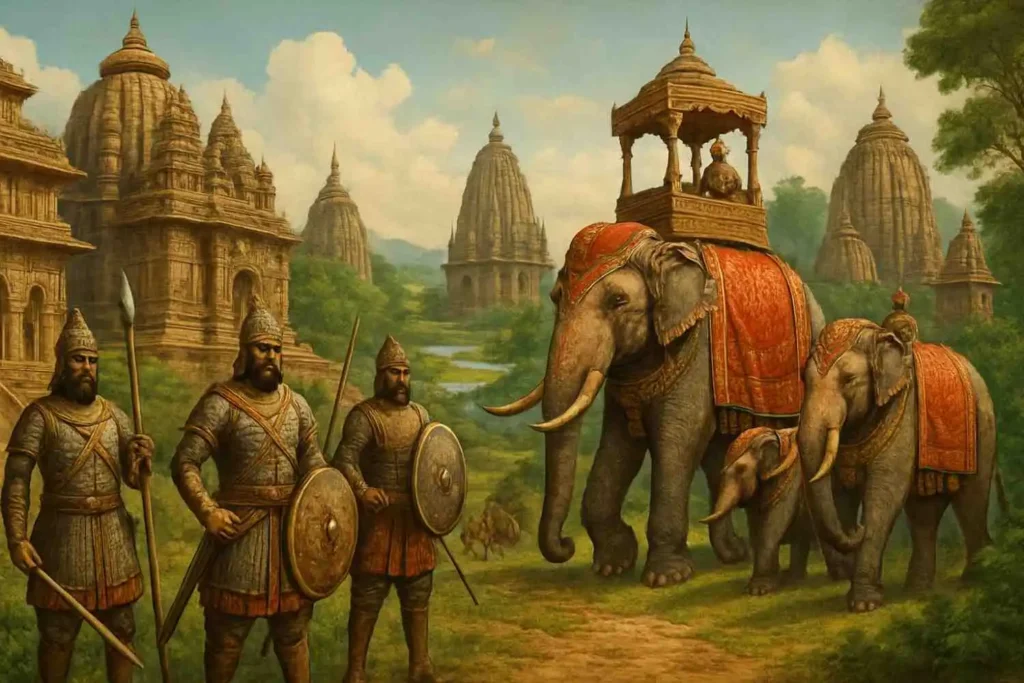
Table of Contents
Buddha Consciousness in Odisha – More Than Just a Legacy
Contrary to popular belief, Buddhism did not vanish from India completely. In fact, Odisha became a living testament to its philosophical survival. While scholars once attributed the decline of Buddhism to factors like Brahmanism, Islamic invasions, or even brain-drain, Odisha quietly preserved Buddhist thought within its cultural fabric.
Interestingly, Puri, one of Hinduism’s four sacred dhams and the abode of Lord Jagannath, reflects significant Buddhist influences—from ritual practices to temple architecture.Did the Jagannath Temple Begin as a Buddhist Shrine?
Many historians, including Cunningham, R.L. Mitra, and H.K. Mahatab, believe the Jagannath Temple was originally a Buddhist shrine. Interestingly, before its Vaishnavization in the 9th century, the temple reflected Vajrayana and Tantrayana elements—branches of Mahayana Buddhism known for their Sunyata (emptiness) philosophy.
Moreover, the triad worship in Jagannath’s temple—Jagannath, Subhadra, and Balabhadra—bears resemblance to the Buddhist Triad: Buddha, Dhamma (Dharma), and Sangha. Additionally, even the use of mandalas, mantras, and tantric rituals suggests influence from Vajrayana Buddhism.
Rituals, Symbols, and Tantra – Where Buddha Meets Jagannath
Firstly, from chanting of Bija Mantras to the use of incense, lamps, and mudras, the Jagannath rituals mirror those practiced in Buddhist tantra. According to scholars, the worship of Jagannath even starts with Bija mantras such as “Om Hrim Shrim Klim”, which are reminiscent of Tantric Buddhist chants like “Om Hrim Strim Hum Phat.”
Similarly, the Chakadola (round eyes) of Lord Jagannath symbolizes Buddha’s perfect awakening and supreme wisdom. These aren’t just artistic coincidences—they’re powerful signs of spiritual synthesis.Literature and the Buddha Avatar: Voices of the Panchasakha
First of all, the Panchasakha—five great poets of Odisha—strongly advocated the Buddhanisation of Lord Jagannath. They believed that Lord Jagannath is a manifestation of the Buddha, incarnated to bring compassion and wisdom in Kaliyuga.
Moreover, verses from Achyutananda Das, Sarala Das, and others clearly identify Jagannath as Mahabuddha. They even referred to the temple’s pedestal as Triratnavedi (originally “Ratnavedi”)—hinting at the three jewels of Buddhism.
Iconography and Architecture: Evidence Beyond Words
Inside the Jagannath Temple, Buddha is recognized as the ninth avatar of Vishnu. In fact, the temple frieze and interior wall carvings show Buddha-like figures with full limbs, contrasting the wooden deities of the sanctum, yet reinforcing the spiritual link.
Likewise, the Yugabandha imagery, where the god unites with the goddess in Vajrayana Buddhism, influenced the temple architecture of Odisha, from Puri to Konark. Furthermore, tantric goddesses like Tara and Ugratara in Odisha are believed to be local forms of Buddhist deities.What Does This Mean for Today’s Devotees?
People Also Ask
1. Is Lord Jagannath a form of Buddha?
2. Why does Lord Jagannath have no hands or feet?
3. What does the Buddha statue represent in Indian culture?
4. How did Buddhism influence Jagannath temple rituals?
5. Is there any visual evidence linking Jagannath and Buddha?
If this story of sacred fusion inspired you...
Visit Puri and experience the powerful presence of Jagannath for yourself. And next time you see a Buddha statue, pause and reflect—perhaps you're not just looking at a sculpture, but at the soul of Jagannath in another form.
Explore more such spiritual insights on our blog. Share and stay connected with the roots of India’s wisdom.


